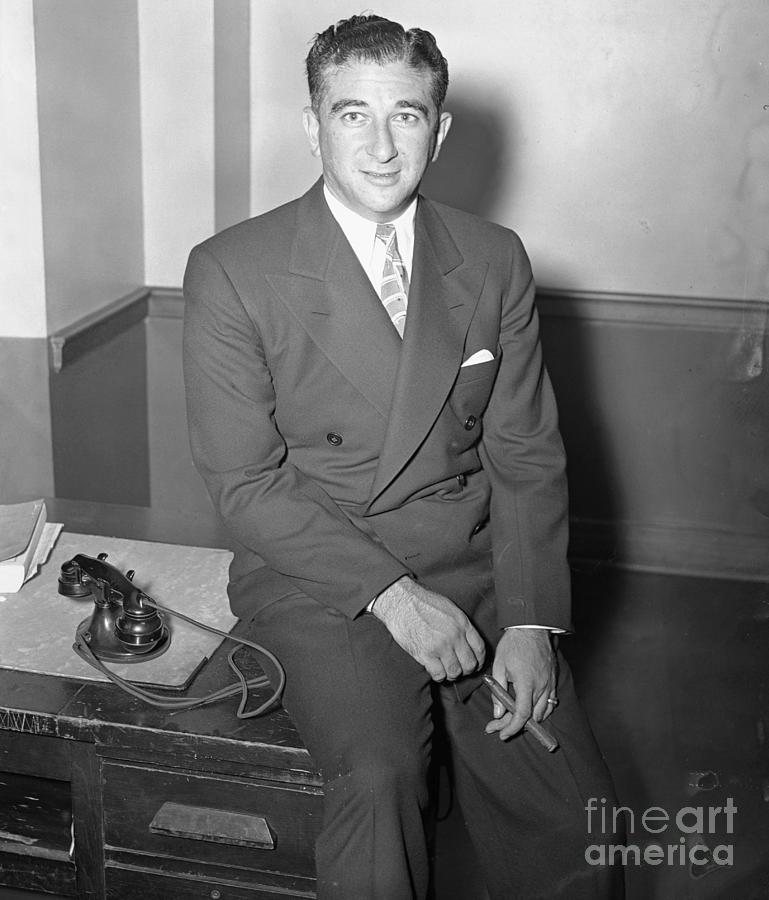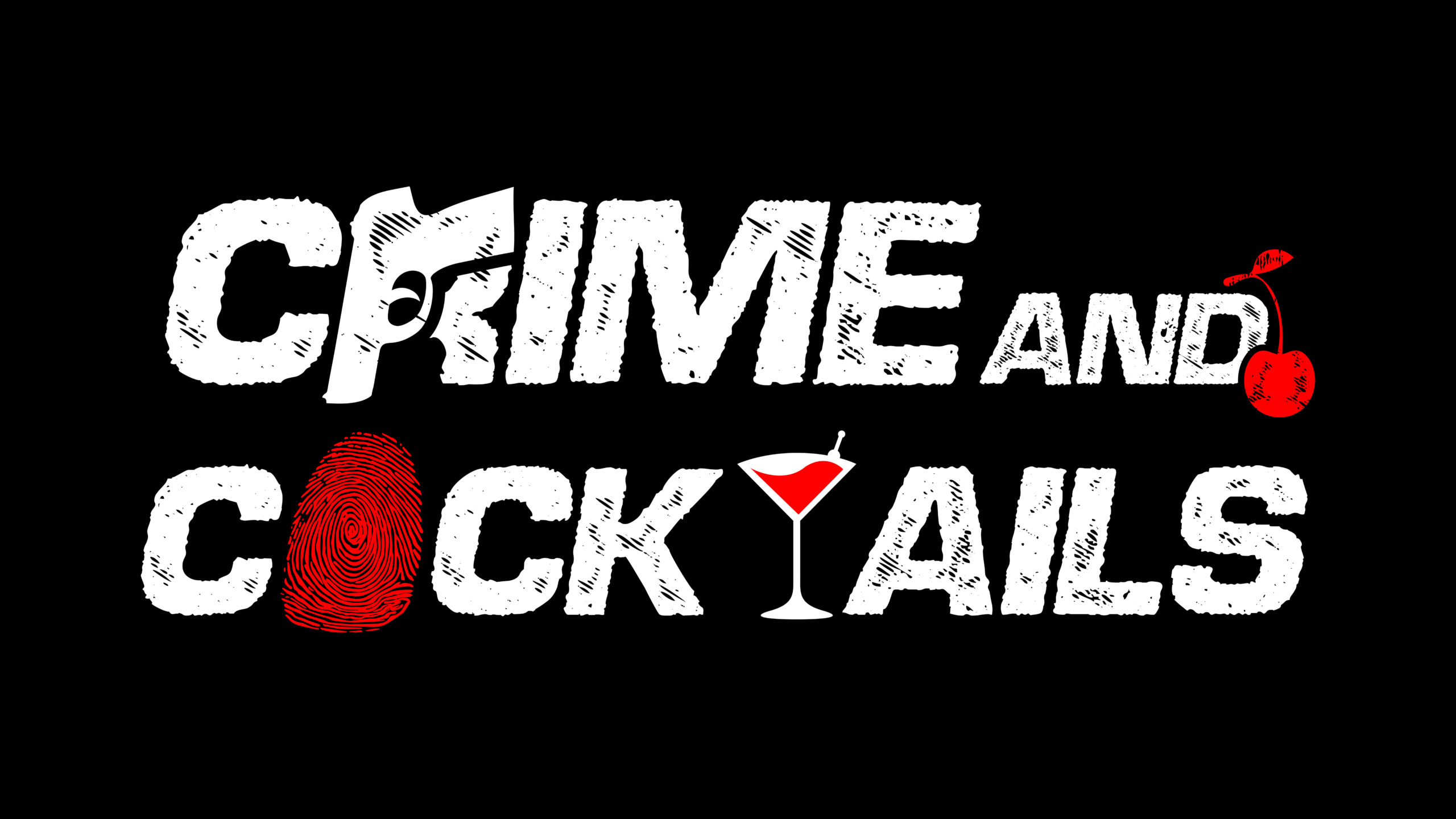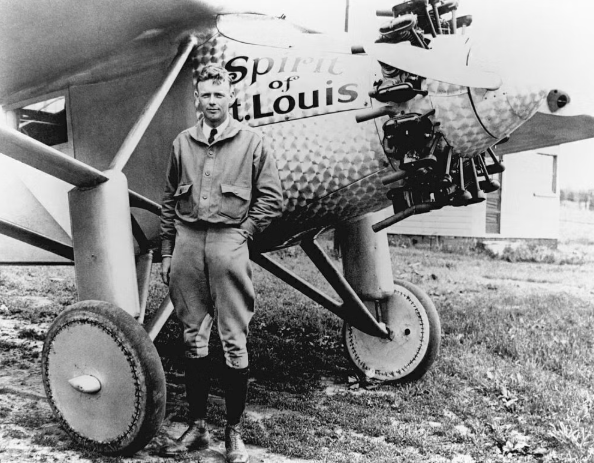March 1932 – the crime that rattled America. The 20-month-old son of aviator Charles Lindbergh and Anne Morrow Lindbergh was taken from his nursery in the family’s estate in East Amwell Township, New Jersey. The world gasped, law enforcement scrambled—and somewhere in the murky depths of organized crime the underworld saw an opening.
The Crime That Shook the Nation
On the night of March 1, 1932, an intruder reached the upstairs nursery at the Lindbergh “Highfields” estate. A homemade ladder rested under the window; a single criminal act had triggered one of the most sensational investigations in U.S. history. A ransom note arrived, demanding $50,000; the note was crude, full of grammatical oddities, the envelope left on the windowsill. Despite the massive hunt, a miracle return never came. On May 12, 1932, the body of the child—now known to the world as “Little Lindy” – was discovered in woods about four miles from the estate. The nation recoiled.
The murder and kidnapping of the Lindbergh baby spawned the federal “Lindbergh Law,” extending federal jurisdiction to kidnappings crossing state lines. The value of the crime went beyond the tragedy—it had become a stage where law, celebrity, and criminal enterprise collided.
The Mob Takes a Seat at the Table
In the midst of the chaos, organized crime figures saw a chance—a chance to step in, show muscle, gain leverage or make a profit. One of the most chilling aspects of the drama is the documented offer by mobsters to intervene. For instance, Al Capone, then incarcerated, reportedly made overtures: he offered assistance in recovering the child in exchange for his release or legal favors. Meanwhile, it has been suggested that the notorious New Jersey boss Abner Zwillman offered a reward for the baby’s return in an effort to polish his image, while also lurking in the background of the syndicate-world that watched the case. Reports note that gangland figures such as Joe Adonis and Willie Moretti were also named in the whispered conversations around the investigation.
Why would the mob care? Because power in the underworld is not just about bootlegging or gambling—it’s about what you can leverage, where you can show you can act, and how you can pull strings. A high-profile case like the Lindbergh kidnapping offered a stage. If you can claim you helped resolve “a problem,” you might gain goodwill, political connections, or simply laundering of your image. But make no mistake—this was the mob sizing up risk and reward, rather than altruism.
Zwillman’s Public Gesture and the Underworld Angle
Abner Zwillman, dubbed the “Al Capone of New Jersey,” operated in the shadows of the Prohibition era and beyond. According to sources, his organization “relieved the pressure” in 1932 by publicly posting a large reward for the Lindbergh baby’s safe return. On the surface it read like civic engagement—but behind the scenes, such gestures often served gangster interests: message-sending, reputation management, and maybe bets that you can operate in daylight while others fight in dark. Zwillman’s involvement suggests the underworld saw itself as a participant, even if only in the periphery, in one of the most tragic episodes of American crime.

The Contact Pathway: Middlemen, Speakeasy Owners and the Cemetery Deal
The Lindbergh investigation—following decades of crime scenes much simpler—now encountered a collision of mainstream law enforcement, celebrity panic and underworld intrigue. As one narrative goes: Lindbergh and his advisers attempted outreach via Broadway hanger-ons and speakeasy operators rumored to have mob ties. For instance, the Broadway figure Mickey Rosner sought help from Salvatore “Salvy” Spitale and Irving Bitz, speakeasy owners, who acted as intermediaries between the Lindbergh camp and gangster networks. Meanwhile, the cemetery meeting, mediated by teacher-turned-intermediary John F. Condon (“Jafsie”), added more pseudonyms and confusion—but spawned the unsettling notion: what if organized crime was in the loop? According to one account, the mob transport man for the Chicago Outfit, Frank Rio, was sent to New Jersey to offer help. Whether this was genuine or a ploy to gain leverage, it underscores the gritty undercurrent of the case.
Why the Mob Didn’t Save the Day
Despite the offers, the baby was never rescued alive. Why? For one, the mob’s offer may have been more about optics than action. Law-enforcement and the Lindbergh family were wary of dealing with known criminals. Cooperation would carry risk: legalized immunity, hidden wires, or potential blackmail. According to the Library of Congress blog, the deal from Capone was swiftly rejected by the authorities. Second, the case was already riddled with complexity: contaminated evidence, trespassers at the scene, huge public pressure, and massive media attention. The underworld may have been willing to claim involvement, but acting in such a high-profile case carried far more danger than typical rackets. Third, even if they wanted to help, the syndicate world thrives on control—not on messy altruism. A baby in peril is not a cartel negotiation. The return or rescue of a toddler does not pay like a gambling ring or bootlegging profit. So the entire offer may have been a power play, not a rescue mission.
Aftermath and the Legacy of Failure
In June 1932, the body of Charles Augustus Lindbergh Jr. was returned to his family and later cremated; his ashes scattered in the Atlantic. The man ultimately convicted—Bruno Richard Hauptmann—was found guilty, executed in 1936, but controversy remains. The mob involvement remains similarly murky. Zwillman’s reward posting is documented; the mob’s offers of help are reported, but no known recovery was effected by the syndicate.
And here’s the ironic twist: the same underworld that whispered “We can fix things” quietly stepped back when the state knocked. The racketeers remained spectators when the biggest crime of the era hit its apex. It suggests an underlying rule in the gangster code: you might step in when there’s profit or leverage—but you stay out when there’s only tragedy and public fury.
What It All Meant for the Mob
This episode is revealing about organized crime during the Depression era. The mob was not just a bootlegger or gambling ring—it was actively exploring power beyond the illegal economy. Offers of assistance to high-profile victims signaled a desire to be part of the establishment, to claim legitimacy, or at least cover the tracks. For Zwillman, posting a reward meant casting himself as a public-spirited citizen, even as his empire of gambling and vice flourished. For Capone, the offer from prison was an attempt to reposition his brand, to suggest he could be “helpful” in a crisis.
In effect, the 1932 Lindbergh affair became an unspoken badge for the mob: “When disaster strikes, we are watching, we could act—but we might choose to do so only when it suits us.” The public shock, the fame of the Lindberghs, and the immense media scrutiny all converged to make the kidnapping a cultural touchstone. That organized crime offered and then withdrew is part of the dark folklore of the period—powerful men in fedoras, leaning out of smoky speakeasies, calculating how far they could go.
Closing: A Tragedy, a Mob Gesture, and the Silence That Followed
In the end, the baby’s death changed the law, captivated a nation, and exposed cracks in the justice system. The mob’s whispered involvement remains a footnote—but a telling one. When the most visible family of the age was struck down, the underworld raised its hand: “We can help.” But the hand was not accepted, and the baby remained dead. The mob retreated into the night, leaving behind only the rumor of a banquet invitation at which no one dined. This is the perfect dark-edge tale: a mixture of innocence lost, showy criminal power, and the cold calculus of syndicate strategy.


